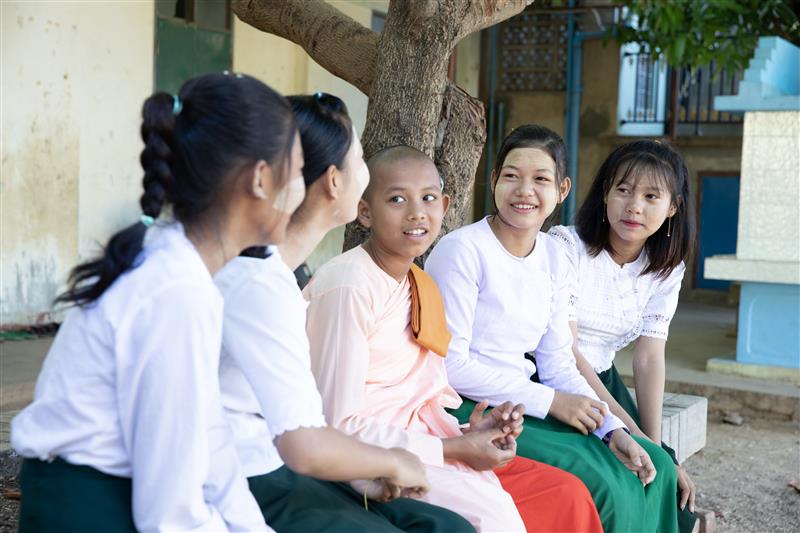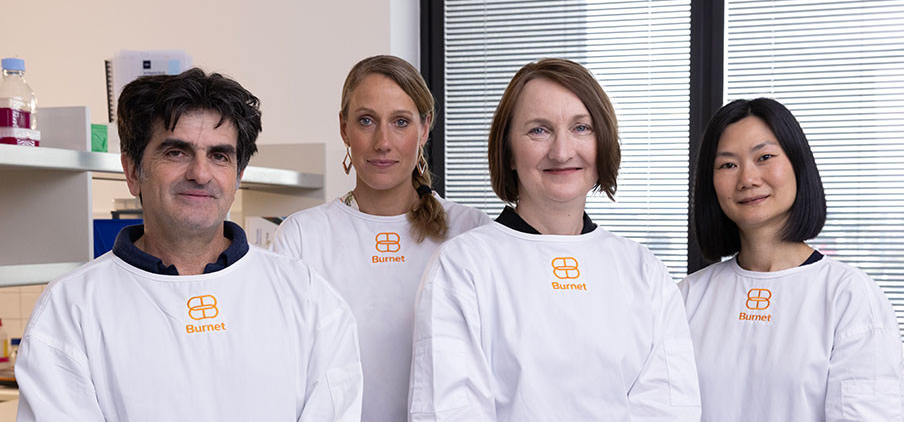Impact of a vaginal microbiota metabolite on epithelium integrity and HIV susceptibility
Globally, 49% of the 1.5 million new HIV infections in 2021 were among women where the virus mainly establishes infection by entry through the lower female reproductive tract (FRT). The majority of HIV infections occur in adolescent girls and young women (aged 15-24 years) in sub-Saharan Africa who are up to 3 times more likely to become infected with HIV compared to their male counterparts.
Objective
Studies have shown that women colonised with non-optimal cervicovaginal microbiota (such as women with bacterial vaginosis, BV) are at increased risk of acquiring HIV compared to women colonised with optimal cervicovaginal microbiota, typically dominated by Lactobacillus spp.
We have discovered that optimal vaginal Lactobacillus spp. make a product that has antimicrobial activity and direct anti-inflammatory effects on cervicovaginal epithelial cells; however its ability to modulate the cervicovaginal mucosal barrier is unknown.
Timeline
2019–2023.
Approach
In this study we investigated how a factor produced by optimal microbiota augments the cervicovaginal mucosal barrier to prevent HIV acquisition using epithelial cell models, transcriptomics as well as metaproteomics analysis of vaginal samples from adolescent girls and young women in South Africa.
Community impact
Bacterial vaginosis affects over 1 in 5 women of reproductive age globally and increases the risk of a women acquiring and transmitting HIV. The prevalence of bacterial vaginosis in some areas of sub-Saharan reach up to 50% where HIV is highly prevalent. Defining whether the vaginal microbiome product can strengthen the epithelial barrier will lead to translation of this product into intravaginal strategies to prevent HIV acquisition.
Partners
Funding partners
NHMRC
Collaborators
- Professor Jacques Ravel
- Professor Deborah Anderson
- Professor Adam Burgener
- Associate Professor Catriona Bradshaw
- Dr Raffi Gugasyan
- Dr Pantelis Poumbourios
- Dr Lindi Masson
Project contacts

Professor Gilda Tachedjian
Head, Life Sciences Discipline; Head, Retroviral Biology and Antivirals Laboratory
Project team

Professor Gilda Tachedjian
Head, Life Sciences Discipline; Head, Retroviral Biology and Antivirals Laboratory

Brianna Jesaveluk
Research Officer

Associate Professor Anna Hearps
Co-Program Director, Disease Elimination; Head, Infection, Inflammation and Innate Immunity




